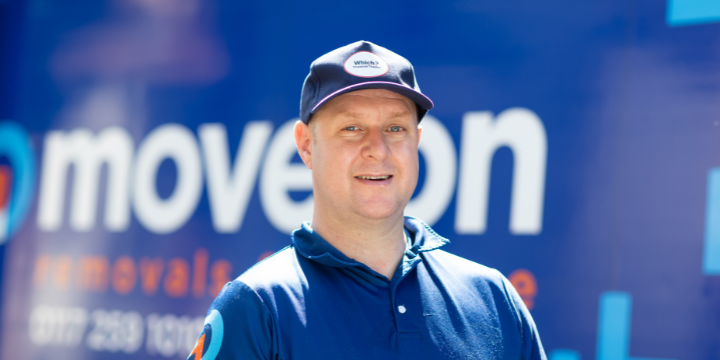Top tips to write a press release
 In this article
In this article
Being featured in the local news can be a great way to spread the word about you and your business to potential customers.
A press release is a useful tool to get journalists’ attention and show them why they should cover your story.
By following the steps we’ve set out below, you can increase the chances that your press release will stand out.

1. Make sure the story is newsworthy
Consider what would be interesting to the audience of the newspaper, website or radio station you’re contacting.
Look at the kind of ‘good news’ stories that they normally cover, and think about whether anything you’re doing fits these trends.
Subjects that are more likely to be of interest to journalists in your area include charity fundraising projects and human-interest stories.
2. Get the headline right
Your headline should be short and clear. Its purpose is to sum up what your press release is about.
Ideally, it should be interesting and attention-grabbing. But you should always go for a clear description over clever wordplay, to make it obvious what the story is about.
Journalists receive lots of press releases, so you need to make sure yours is easy to understand and stands out from the crowd.
If you want to announce your Which? Trusted Traders endorsement, we've put together a downloadable template to make it easy for you.
3. Get straight to the point
The first paragraph should be a summary of the story you want to tell your audience. Remember that writing a press release isn’t like writing a joke - you don’t want to leave the punchline to the end.
A journalist should be able to immediately understand what the story is from your headline and first paragraph. If it isn’t clear, they're less likely to be attracted to your story.
Make sure that in your first few sentences you cover the the five Ws:
- Who is it about?
- What has happened?
- Where?
- When?
- Why?
4. Keep it concise
The ideal length is no more than one side of A4, or about 300-400 words. That’s enough for a few short paragraphs and one or two quotes. If a journalist needs more information, they’ll ask for it.
Try to avoid clichés, complicated phrases and jargon that the audience might not understand.
Don’t put background information about your business in the main text. All press releases have a ‘Notes to editors’ section at the bottom where you can include this kind of detail.
5. Add quotes to illustrate your story
Quotes are important because they add more colour and interest to a story, and give a journalist more material to work with.
They also allow you to show the opinions of those involved. For example, if your story is about winning an award, your quote can tell people how you feel about winning.
Ensure quotes are written in straightforward, everyday language that anyone can understand.
6. Include contact information in your press release
Always include some contact details on your press release. This makes it easy for a journalist to get in touch with you if they need more information.
Make sure the journalists would be able to get hold of you quickly. For example, if you spend most of your time out on the road, provide a mobile number rather than a landline.
Add your contact details at the end of the press release, in the ‘Notes to editors’ section.
7. Add a picture
Include a photo if you can. Make sure it shows you or your business in a positive light, and reinforces the story you want to tell.
Make sure it’s high quality by taking it somewhere with good lighting, checking it’s in focus, and ensuring that the file size is at least 1MB.
If you don’t have a digital camera, your smartphone might take photos that are good enough quality.
8. Send it to the right person
Look at recent local news articles to see whether there’s a journalist who normally writes about stories like yours or covers the neighbourhood you’re based in, as they may be more interested in your story. There may even be a dedicated business reporter you can contact.
If you’re not sure who to send your press release to, look for a general email address. This often starts with the word ‘newsdesk’.




